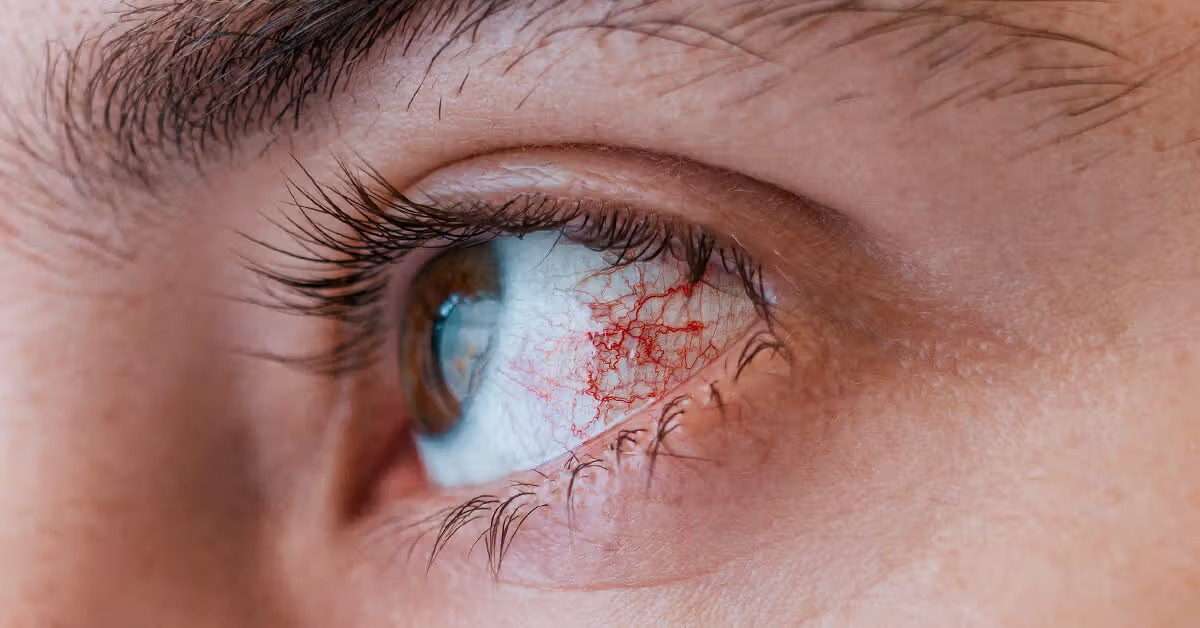Millions of people around the world suffer from urinary incontinence today. It happens when a person loses some or all control over their bladder and urine leaks out by accident. The age group of people most likely to have urinary incontinence is older adults, but anyone of any age can have it. Because of this, dealing with urinary incontinence can be hard, but new technologies are making it easier to deal with symptoms and raise quality of life.
The technology has made the adult diaper business much bigger. Here are five ways that adult diapers help people who have urinary incontinence:
1. Leak detection sensors
Real-time urine leak detection is possible with miniature sensors. Your smartphone can connect to the sensors, and they use their methods to read the data and find leaks. You typically place the monitor on a pad or in your underwear. It checks for wetness and release and sends a message if it finds a leak. This procedure lets you know right away what’s going on so you can change your clothes or pads.
Furthermore, some apps let you record information like what you did before the leak to find out what caused it. The sensors monitor your perineum and alert you when a leak occurs. This way you can be aware of accidents and use the data to figure out trends.
2. Adult diapers
Urinary incontinence was only treated with oversized adult diapers and pads. But adult pull-up diapers and pads that are single-use offer more privacy and comfort. Brands are the first to use new materials with layers that soak and move moisture, which are used to make high-tech underwear. The underwear feels and looks like regular underwear, but it doesn’t leak.
Additionally, there are pads equipped with anti-odor technologies like carbon screens and microbeads. There are also pads with soft cotton covers that keep people dry and cozy. Disposable adult diapers and pads give people more choice when it comes to finding the right product that meets their needs for moisture and privacy.
3. Biofeedback therapy devices
Biofeedback devices help people gain control over the muscles in the pelvic floor that help them control their bladder. Apps like Elvie Trainer, Carin, and PeriCoach use thoughts and connections to help strengthen the muscles in the pelvic floor. Elvie Trainer has sensors that watch how you squeeze and tighten the muscles in your pelvic floor.
The linked app also shows results, which helps make sure the right method is used. A sensor is inserted vaginally and watches how the pelvic floor moves. This is how PeriCoach works. The stimulation will help you remember to tighten your pelvic floor muscles all day. The pelvic muscles get stronger faster when you use biofeedback devices. This improves continence and stops leaks. These new ideas add to the benefits of regular physical training.
4. Smart toilet technology
App-controlled smart toilets offer features that simplify the management of incontinence. These high-tech toilets have bidets built in that can heat water, dry it, and get rid of smells to help with health and cleaning. Some types even have UV light built in to kill germs.
The auto-open and auto-close lid features also keep you from touching the toilet. You can monitor continence-related data, such as pee flow rate and amount, with compatible smart toilets. The goal of the toilets is to make flushing more convenient and a more humbling experience. Smart toilet technology has important benefits that can help people feel more confident and independent.
5. Electrical stimulation therapy
Electrical stimulation treatment stimulates the nerves that control the bladder with short electrical bursts. Devices can transmit electrical currents through vaginal probes or body sensors. Usually, the current affects the bladder and pelvic floor by stimulating the sacral nerves. Nerve activity is set off by the electrical signals, which helps fix a swollen bladder.
You can lower the need to go to the bathroom and the number of times you have to do it by engaging muscles that help with continence. To improve bladder control, you can easily use FDA-approved electrical stimulation devices at home. Electrical stimulation therapy’s effectiveness in addressing incontinence has been demonstrated in clinical tests.
Conclusion
New technologies have made it possible to treat urinary incontinence in a more private and comfortable way. Through high-tech, leak-proof fabrics that appear and feel normal, smart underwear and pads give people more choice. Small sensors allow for real-time tracking, so leaks can be found as they happen. Biofeedback devices strengthen the pelvic floor to stop leaks, and electrical stimulation treatment helps people whose bladders are too busy get back to normal. Smart toilets automatically activate and deactivate features that promote continence and respect.
These tools are changing how people deal with urinary incontinence. Smart underwear and pads boldly soak up leaks. Sensors let us know about accidents, which is very helpful. We use biofeedback and electrical stimulation treatments along with regular training to improve pelvic and bladder control.
Toileting is easier with smart toilets. Using these new technologies can greatly lower incontinence symptoms, improve pelvic and bladder health, cut down on the need for devices, and most importantly, make life better. Urinary incontinence control is becoming easier thanks to cutting-edge technologies. To regain faith and optimism in their daily lives, those suffering from bladder control problems now have more personalized and discrete solutions.



